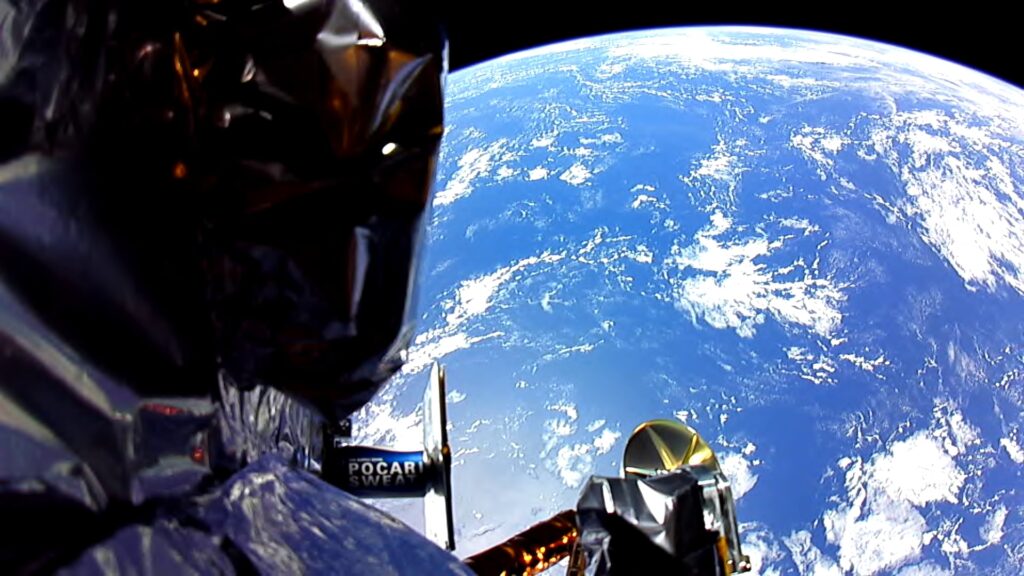The inaugural flight of NASA’s commercial lunar delivery service has concluded, marking a significant milestone in the agency’s efforts to advance lunar exploration. Astrobotic’s Peregrine Mission One successfully completed its 10-day and 13-hour journey in space before making a controlled re-entry over open water in the South Pacific on January 18th.
As the first commercial vendor to participate in NASA’s Commercial Lunar Payload Services (CLPS) initiative, Astrobotic’s mission aims to enhance scientific capabilities and facilitate commercial development on the Moon as part of the agency’s Artemis campaign. This is just the beginning, as seven additional CLPS deliveries have been awarded to multiple American companies, with more expected in the future. The next commercial flight is scheduled for February.
Despite encountering a propulsion issue that prevented a soft landing on the Moon, Astrobotic made the decision, in consultation with NASA and the space community, to redirect Peregrine towards Earth for a controlled re-entry. This approach minimized risk and ensured responsible disposal of the spacecraft.

NASA Administrator Bill Nelson emphasized the importance of collaboration in space exploration, stating that the data collected from Astrobotic’s lunar lander will contribute to future CLPS deliveries and crewed missions under the Artemis program. By supporting a growing commercial space economy, NASA and its partners are paving the way for humanity’s return to the Moon and beyond.
During its flight, Peregrine successfully powered on and collected data from four out of five NASA payloads:
– Linear Energy Transfer Spectrometer (LETS)
– Near-Infrared Volatile Spectrometer System (NIRVSS)
– Neutron Spectrometer System (NSS)
– Peregrine Ion-Trap Mass Spectrometer (PITMS)
The LRA instrument, which is a passive experiment, will only operate on the lunar surface. NASA scientists are currently analyzing the data collected by these instruments, which is expected to provide insights into natural radiation and chemical compounds in the vicinity of the lander.
Nicola Fox, associate administrator for NASA’s Science Mission Directorate, highlighted the significance of Astrobotic’s mission in testing scientific instruments and processes in space. The data collected will serve as a benchmark for future missions and help scientists understand how these instruments perform in the challenging space environment.
NASA remains committed to supporting its U.S. commercial partners as they tackle the complexities of lunar surface missions, furthering the agency’s goals of scientific exploration and technological advancement.


 Copyright 2023 All rights reserved.
Copyright 2023 All rights reserved.